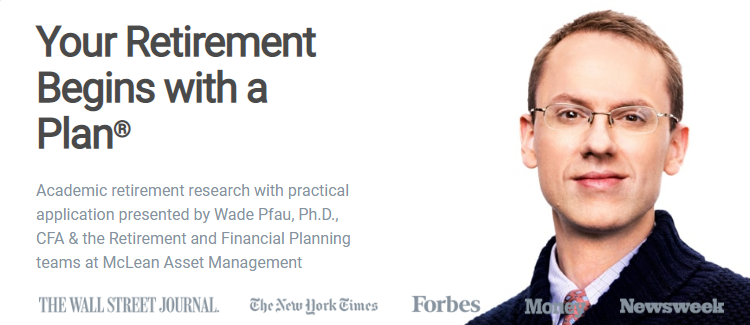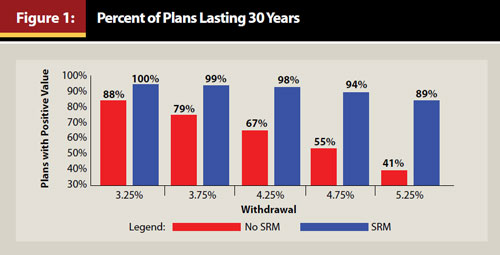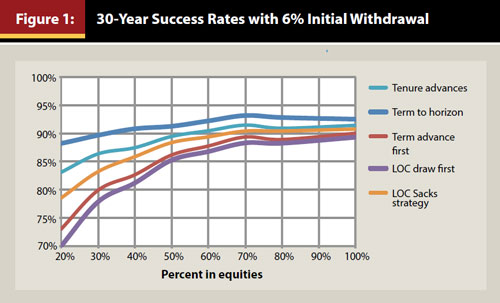by Jamie Hopkins

What’s the deal with reverse mortgages? This question was addressed in a recent Housing Wealth in Retirement Symposium held on March 23, 2018, in Washington, DC. The event was co-hosted by The American College of Financial Services and the Bipartisan Policy Center. While the symposium took a broader look at housing wealth and retirement security, a constant theme was the role of reverse mortgages under the Home Equity Conversion Mortgage (HECM) program sponsored by the federal government. A key takeaway from the researchers and policymaker presentations at the event was that reverse mortgages are underutilized by seniors today and can help provide added retirement funding security to Americans when used appropriately.







